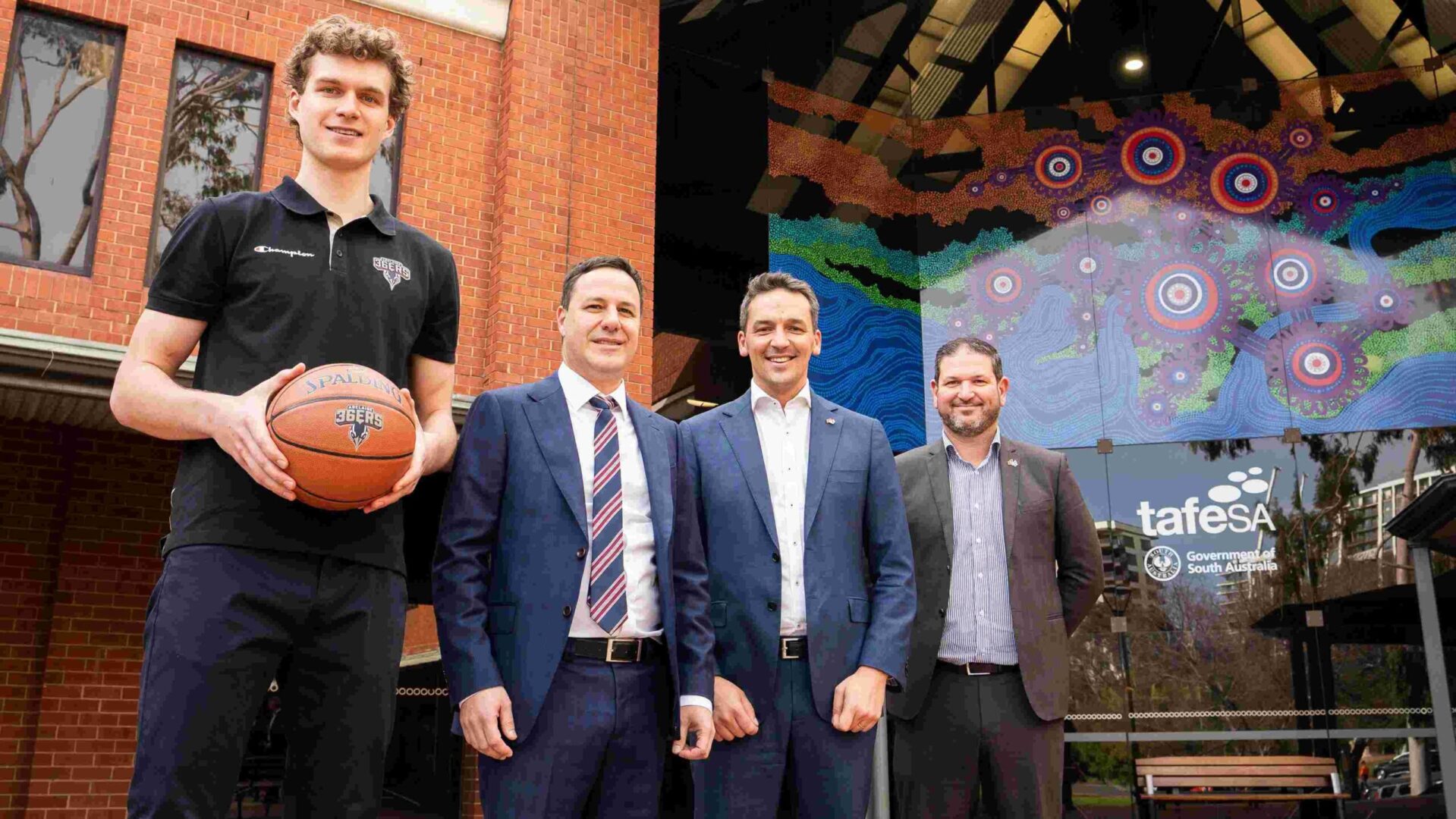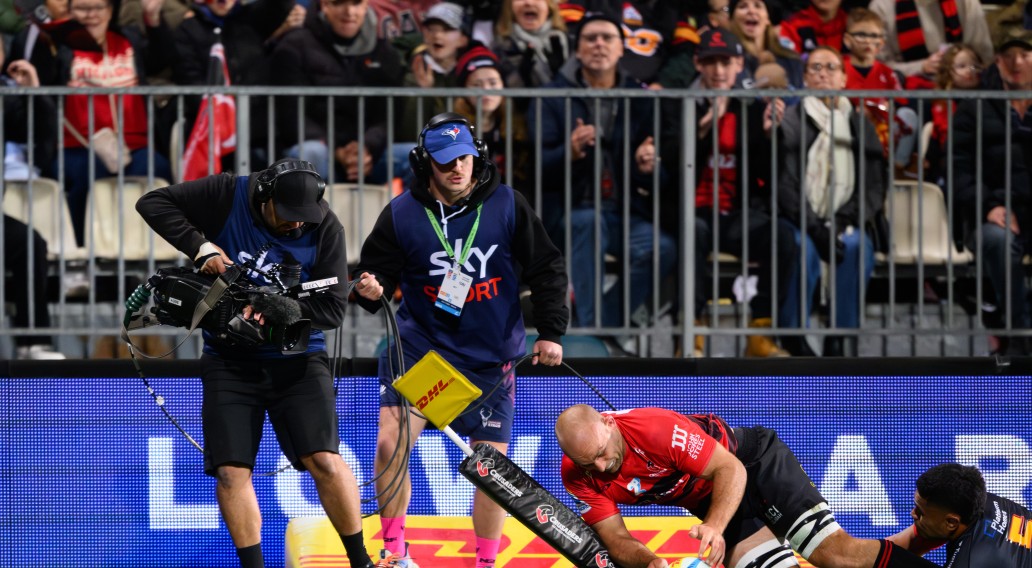In an exclusive interview with Ministry of Sport, for the ‘Brand Break’ series, Move.ai head of partnerships and delivery, Niall Hendry, discussed the technology the company is bringing to the industry.
Athletic development:
Commenting on the use of their technology for athletes, Hendry said it can help a coach analyse a player’s movement at different moments of a game to determine their head position, where they’re looking and what they’re scanning.
He also said it can be useful for injury prevention, detection, recovery and even gait analysis.
“For example, if you pulled a hamstring, your gait maybe shorter or longer, depending on how you were previous to that injury,” Hendry said.
“Now, what teams and medical staff can do is monitor whether or not you are hitting any zed scores in that level in terms of either output, energy levels, or even things like the maximum distance between joint rotations and extensions that you can go through.
“It can also be used further in things such as energy efficiency.
“But basically, we’re using a system that has a combination on both biomechanics, kinematics, physics and biophysics.
“Using the law of gravity, you can then derive things such as energy expenditure, g-forces and rotational forces on the body.
“Then what you can also see is whether people are peeking performance and expenditure of energy, as opposed to an aggregate statistic based on the centre of mass,” he said.
Metaverse:
On using their technology in the metaverse, Hendry said the metaverse is relatively nascent and will be an evolving experience for users.
“What we fundamentally see is an opportunity where there’s presently a loss of video imagery and even digital assets such as garments, trainers, objects,” Hendry said.
“We also see a real strong by product that can create licenced motions and assets. So, by working with IP holders, such as sports leagues, federations, teams and even the athletes themselves, we fundamentally believe that we can power this next generation of assets that will create both meaningful and IP led motion in digital experiences.
“Now, that could be coupled to a collectible for a limited drop, it can be sold on mass as an emote, but fundamentally, what we believe is that the author or the owner of that motion should be fairly recompensed for that,” he said.
Reliability:
On the reliability of their product, Hendry said they get asked the question a lot, and that accuracy is subjective, but they’re currently doing side-by-side accuracy tests with BICON’s products as they’re as seen as the gold standard of wearable optical systems.
“Our system uses video, so the acquisition method is slightly different, but if there’s a gold standard where will be measured and judged on the differentiator by the end of Q1 next year, we’ll have some sort of smart scientific readings on that,” Hendry said.
“In terms of accuracy of more video-based systems that are utilised in sports, for instance, we’ve done a lot of work and analysis into looking at how the existing providers output data and the challenges around detecting it,” he said.
Additionally, he said that outputting data is not easy when there’s a lot of people running in a very chaotic manner and far away, which results in the figures appearing quite small.
“I would say that our system is more consistent than those systems without doing too much. But we are very aware of the other systems having the ability to scale,” Hendry said.
“So, we’ve got good accuracy and we have done a couple of scientific methods of looking at that,” he said.
Affordability:
On affordability, Hendry said they’ve just launched an iPhone app, which is in beta and free to use.
“We built the iPhone app which allows you to control multiple iPhone devices. Ranging from the iPhone 8 to 14 inclusive, we know that anyone with an iPhone will probably have one or more in the house and are able to basically setup a mobile app studio and capture movement in their home or anywhere they want it, which could be on a training field or in a gym,” Hendry said.
“The way that would work in terms of sports teams or athletes is that the resulting output data is able to be analysed, where the traditional use would be to animate it.
“Fundamentally what we can enable through partnerships with either other analytics providers, and/or platforms that are able to digest both video meeting event data and skeletal data is the true movement of those individuals,” he said.
The read the previous MOS Brand Break where Tennis Australia head of women and girls, Andrea Buckeridge discussed the growth of women’s tennis, click here.







